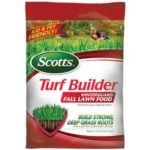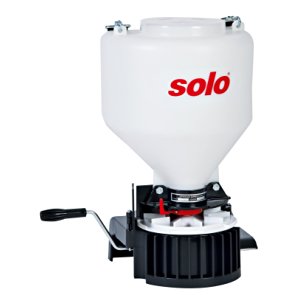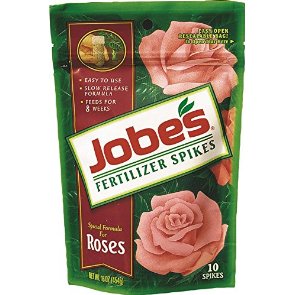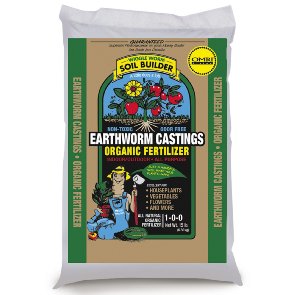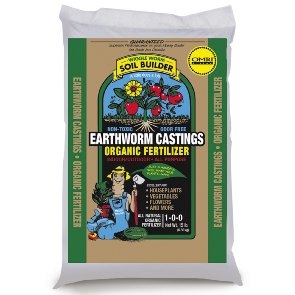Like our bodies, grass also needs food to thrive. Planting and watering grass simply isn’t enough to keep it healthy. A fertilizer is necessary for a lush and green lawn. While the process may be slightly time-consuming, it isn’t difficult. The reward of using the best fertilizer for grass is a beautiful lawn. It is worth the investment of your time and money.
Knowing the type of fertilizer to use and when to fertilize can be tricky. That is where this guide will come in handy. We’ve put together for you the information you need to understand how fertilizer works, a basic plan to follow, a buying guide, and reviews for the best fertilizer for grass.
Things to Consider
Know your grass: this will help you determine when you should fertilize:
- Warm Season Grass. Avoid fertilizing during the hottest summer months; apply once in early spring, again in late spring and then a third time during late summer.
- Cool Season Grass. Fertilize twice in the fall and again during the spring.
There are also options for how you fertilize. Be sure to follow directions carefully for each of these types. We also have some additional information specifically about spreaders.
- Broadcast Spreader. A walk-behind spreader best used for large areas.
- Drop spreader. Similar to a broadcast spreader but meant to drop fertilizer in smaller, more concentrated areas.
- Handheld Spreader. Designed for patchy areas and small lawns.
Purchase Information
Understanding the key components that make fertilizer work is important. If you want the best lawn fertilizer, you want a product that has the following ingredients:
- Nitrogen. The most important element your lawn needs to grow green, dense, and healthy grass.
- Potassium. Necessary for toughening foliage and roots.
- Phosphorous. It works underground to encourage healthy root growth.
Store bought fertilizer should contain these three key elements but in different amounts. If you understand which type of grass you have, you’ll be able to determine how much of each element is needed.
Choosing a type of fertilizer is largely a matter of personal preference, and there are several to choose from:
- Granular. A popular choice because of its longevity and ease of use; easy to use with spreaders; some formulas are time-release, or fast-release so read product information before purchase.
- Organic. Made with fish emulsion and once living organisms; can be applied with a rake, spreader or by hand; breaks down slowly; works well to improve texture and density of grass.
- Liquid. Typically concentrated; easy to apply with a hose and spray bottle.
- Synthetic. Chemically produced; can penetrate soil quicker for fast results; poor longevity and requires frequent applications.
Be sure to check your local regulations regarding the types of fertilizer allowed and the rules for how often it can be applied.

